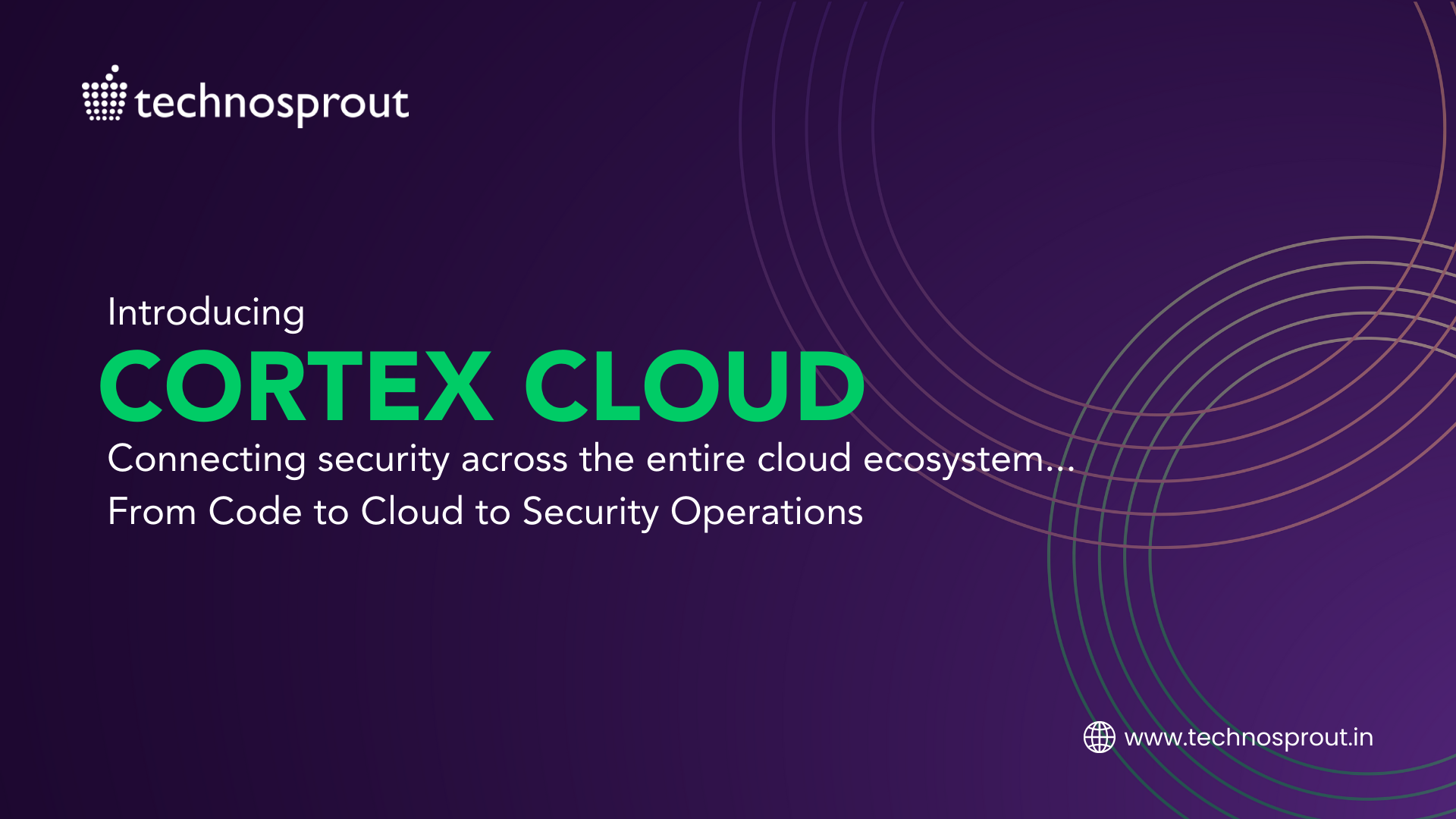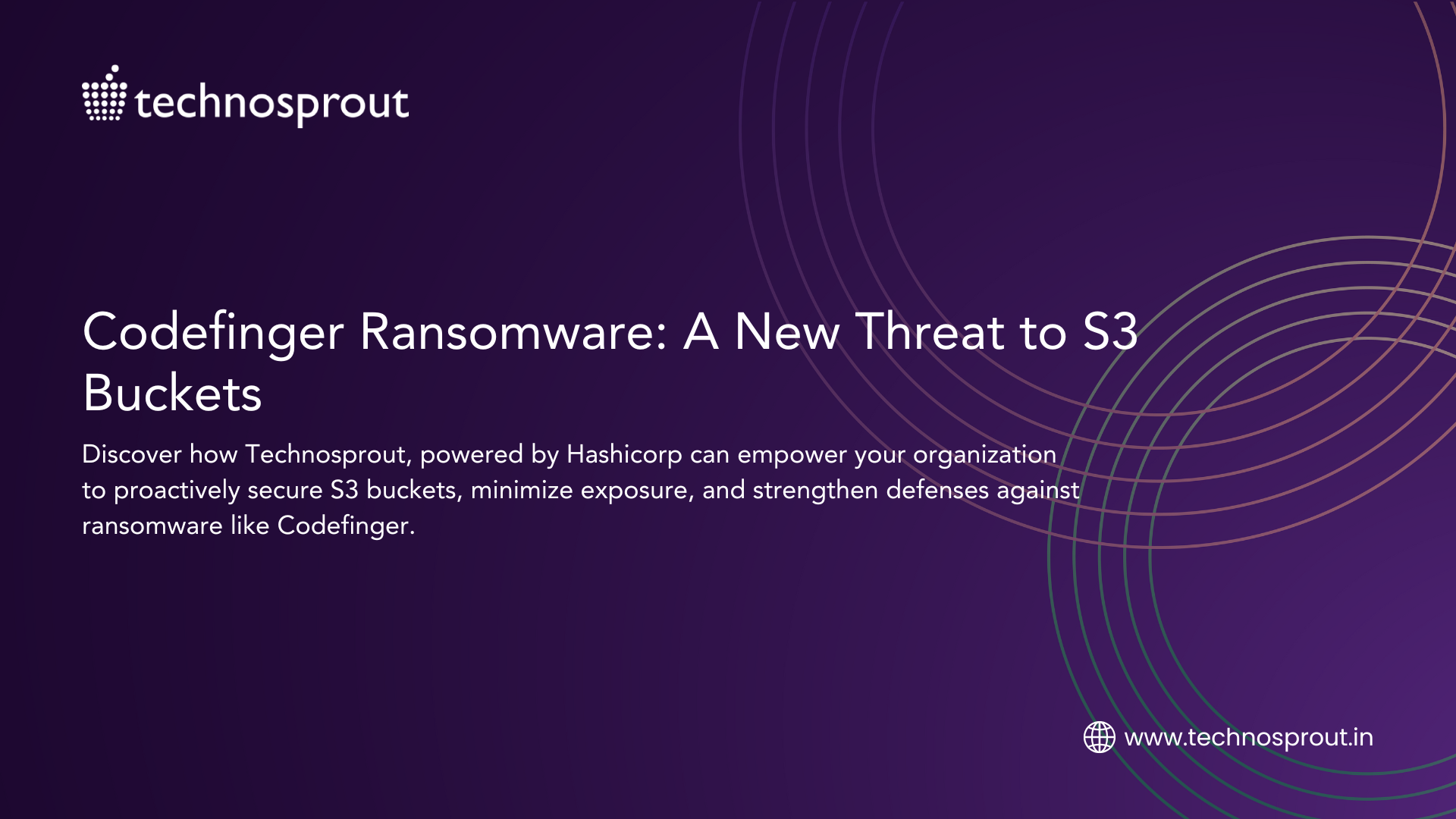In today’s complex IT environment, implementing a robust Identity Security Framework is critical to safeguarding digital identities and managing access effectively. With the rise of multi-cloud infrastructures, SaaS applications, and zero-trust security models, the challenge of managing diverse digital identities—human, non-human, and cloud-based—has intensified. A comprehensive Identity Security Framework is essential to address these challenges and ensure that all interactions between digital identities and business assets are secure.
An Identity Security Framework unifies identity management, governance, and security across an organization’s IT ecosystem, offering centralized controls and visibility to counter threats like insider attacks, account takeovers, and vulnerabilities in third-party integrations. Here, we explore the five essential components that constitute a strong Identity Security Framework.
1. Unified Identity Management: Centralizing Control of Digital Identities
Managing digital identities—including human users, non-human identities like service accounts and bots, and cloud-based identities in DevOps and SaaS applications—is complex. Traditional identity management often involves fragmented systems for Identity and Access Management (IAM), Privileged Access Management (PAM), and Identity Governance and Administration (IGA), leading to inconsistencies and potential security gaps.
A unified approach to identity management within the Identity Security Framework centralizes identity control, converging these different types of identities into a single platform. This allows streamlined policy enforcement and governance, minimizing complexity, enhancing visibility, and reducing blind spots across hybrid and multi-cloud environments.
2. Dynamic Policy Enforcement: Adapting to Access Contexts
Dynamic policy enforcement is fundamental to any Identity Security Framework. By setting clear policies around “who, what, where, when, how, and why” access is granted, an organization ensures that only authorized identities interact with sensitive resources based on defined contexts and roles.
Within a robust Identity Security Framework, dynamic policy enforcement adjusts automatically based on user role, location, device, or time. This adaptability reduces insider threats and unauthorized access. Using a centralized identity policy engine, organizations can:
- Define and categorize identity types.
- Monitor identity activities and logs.
- Enforce specific protocols and connection preferences.
3. Comprehensive Entitlement Management: Minimizing Access Risks
Effective entitlement management helps reduce unnecessary access rights, aligning with the principle of least privilege. With a strong entitlement management component, each identity is granted only the access required to perform its role, helping to prevent privilege creep and secure resources.
The Identity Security Framework simplifies entitlement management by enabling IT administrators to:
- Define roles and set granular access controls.
- Implement Just-In-Time (JIT) access to reduce standing privileges.
- Automate workflows for access provisioning and deprovisioning.
- Adapt access controls in real-time as roles, projects, or responsibilities change.
4. Multi-Factor Authentication (MFA): Strengthening Identity Verification
Authentication is a critical gateway within any Identity Security Framework, and MFA strengthens it by requiring multiple credentials, such as passwords, biometric scans, or one-time passwords (OTPs). Given the diversity of today’s IT landscape—spanning on-premises, cloud, and hybrid environments—robust MFA protocols help mitigate the risk of unauthorized access.
In an effective Identity Security Framework, MFA should adapt to the criticality of the resource and access context. For example:
- General users may require two-factor authentication (2FA).
- Privileged users undergo stricter, multi-factor protocols.
- Cloud resources leverage adaptive authentication, which takes into account factors like location, device, and historical behavior.
AI-powered adaptive authentication adds another layer of security, restricting access when behavioral anomalies are detected—a crucial feature for today’s hybrid work models.
5. Identity Governance and Administration (IGA): Ensuring Compliance and Continuous Monitoring
IGA plays a governance role in an Identity Security Framework, facilitating continuous monitoring, management, and auditing of identities and entitlements. IGA tools are vital for regulatory compliance and mitigating identity-related risks.
With IGA capabilities integrated into the Identity Security Framework, organizations can:
- Automate identity provisioning and deprovisioning.
- Validate and review access rights continuously.
- Detect and deactivate dormant or orphaned accounts.
- Align identity policies with regulatory frameworks and internal policies.
A mature Identity Security Framework incorporates IGA to manage the entire identity lifecycle, ensuring compliance with privacy and security regulations while providing visibility into access activities.
Building a Resilient Identity Security Framework for Enhanced Protection
As digital ecosystems expand, adopting a comprehensive Identity Security Framework is essential for protecting organizational assets. The five core components—unified identity management, dynamic policy enforcement, entitlement management, multi-factor authentication, and identity governance—work together to provide an efficient and secure framework for modern identity and access management.
Investing in an Identity Security Framework not only enhances protection but also simplifies identity administration, reduces security risks, and improves the ability to detect and respond to identity-based threats. Building this framework is a forward-looking approach to strengthening your organization’s security posture and operational efficiency.
How Technosprout Can Support Your Identity Security Framework
With many Managed Security Service Providers (MSSPs) available, why partner with Technosprout? We are dedicated to ensuring your organization’s cyber resilience through a structured Identity Security Framework. Our four-step “Assess, Design, Implement, and Manage” approach guides your business transformation while securing your assets.
At Technosprout, we deliver customized managed security services with certified experts and over seven years of experience, tailored to meet specific business needs. By partnering with CyberArk, we enhance your Identity and Privileged Access Management (PAM) systems, providing comprehensive protection against identity-related risks. Empower your organization with Technosprout and secure your identity against emerging threats. Contact Now!!





